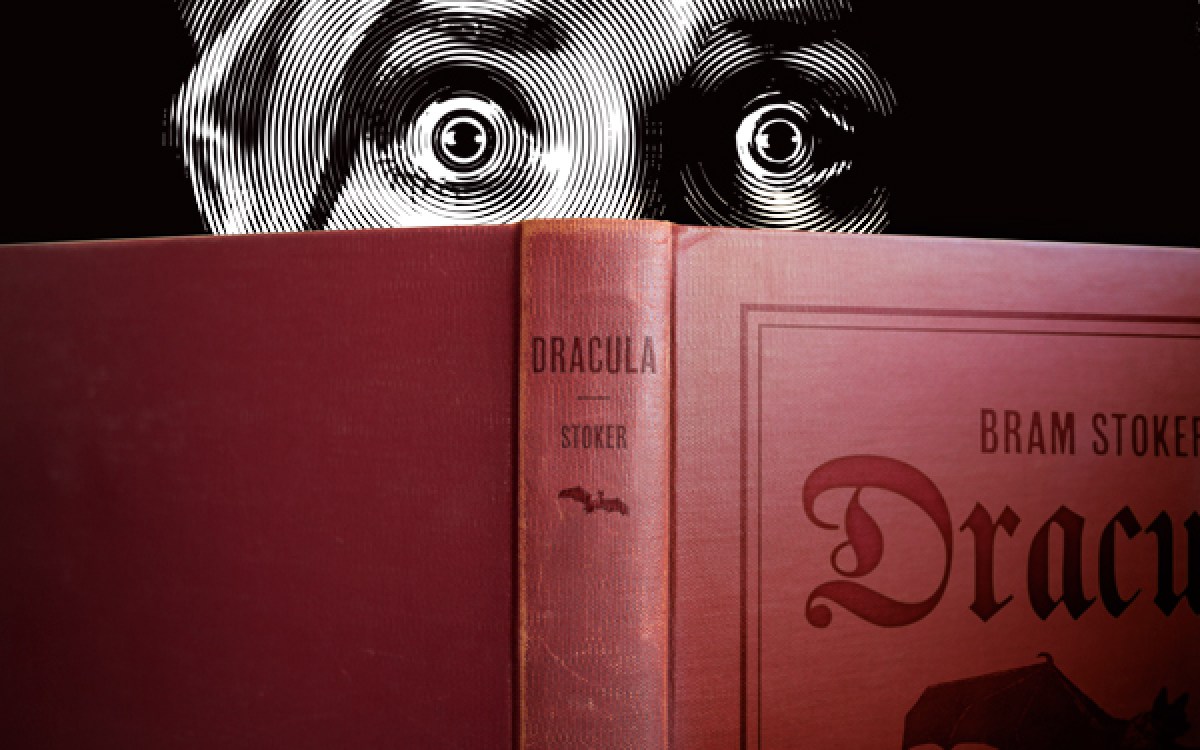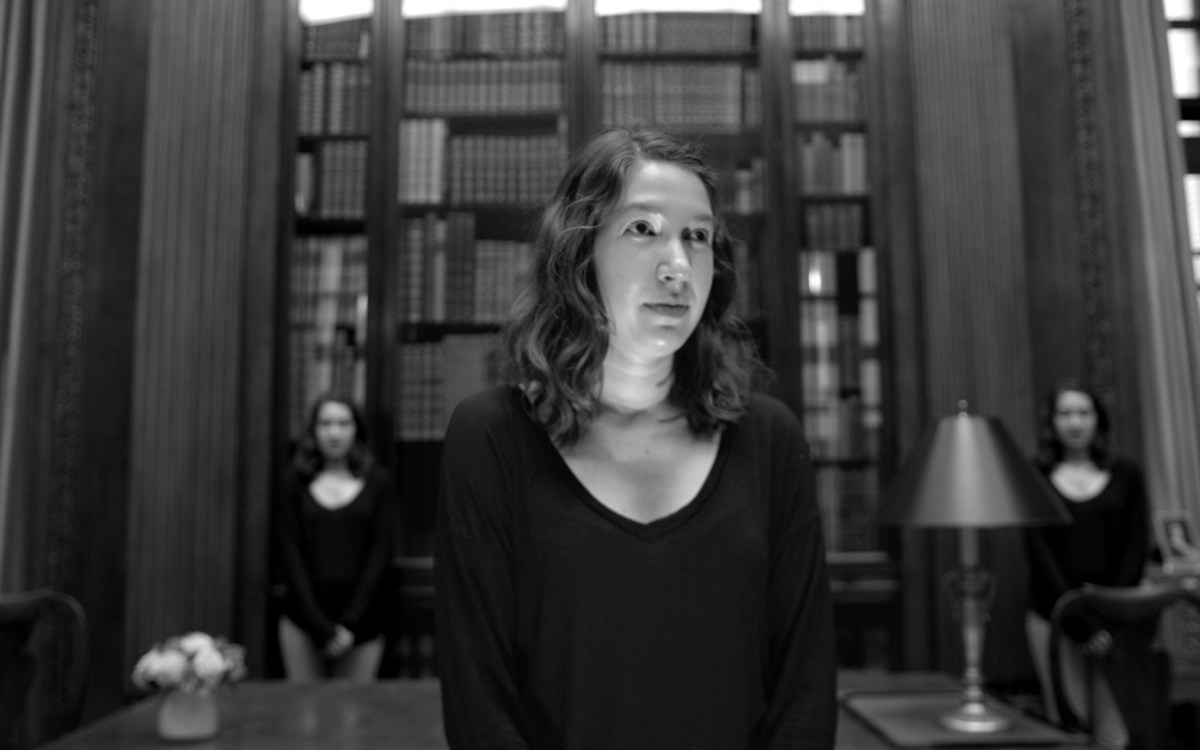“Carnival of Souls,” 1962.
Films that go bump in the night
Members of the Harvard community reflect on their favorite horror flicks
With All Hallows’ Eve approaching, the Gazette checked in with members of the Harvard community to find out which scary films they love, or love to avoid.
Here are their unsettling choices:
‘The Vanishing’
Robb Moss
Chair of the Department of Art, Film, and Visual Studies and Professor of Visual and Environmental Studies
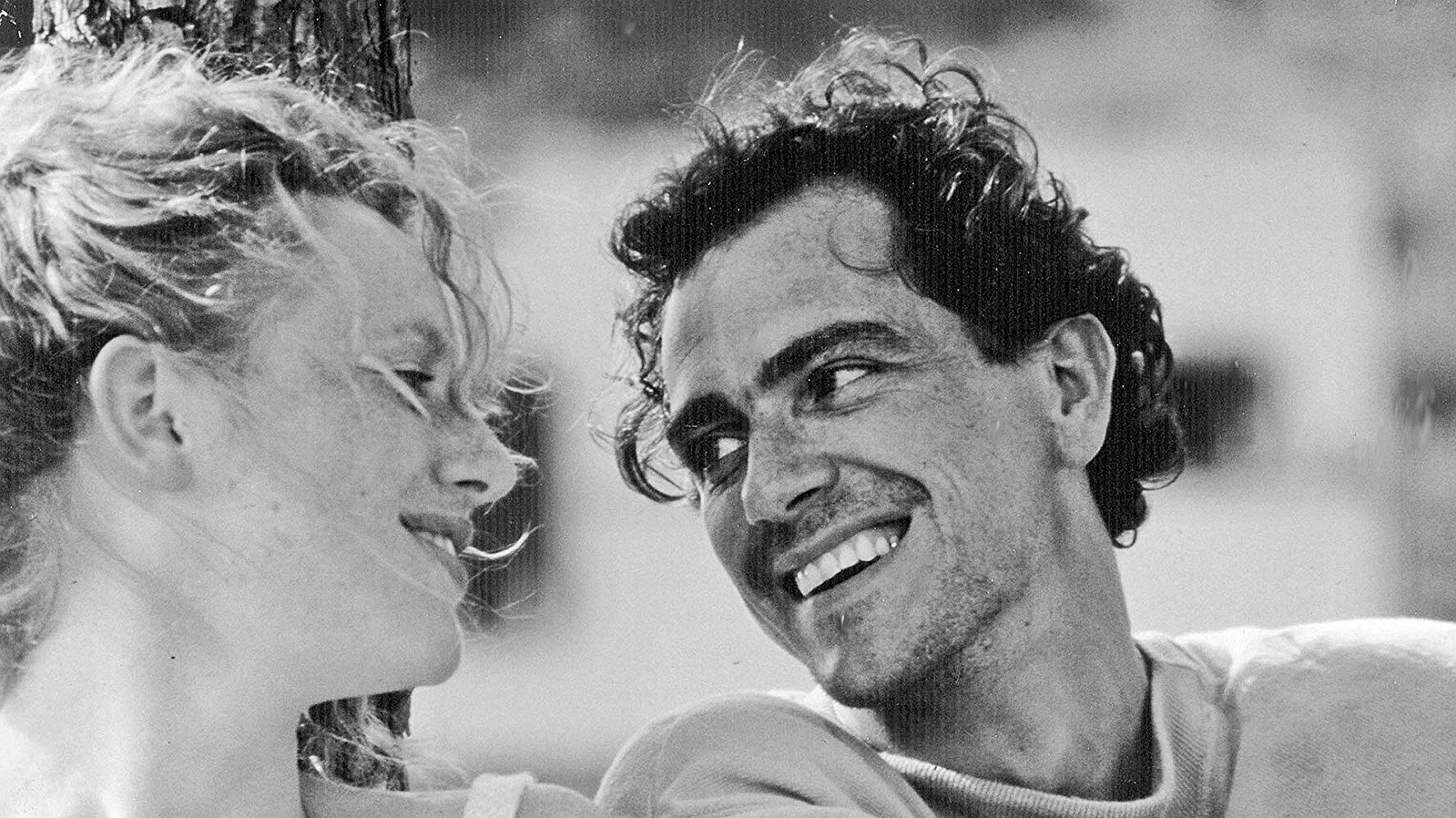
“The Vanishing,” 1988.
Argos Films
“Even today, if I think about the film too long, I become short of breath.”
I saw the original Dutch version of George Sluizer’s “The Vanishing” in the fall of 1988, and that night went to bed obsessively thinking about the film’s obsessive characters. Later, I woke up sweating, short of breath, and overcome by claustrophobia. I tried to get the film out of my body by reconstructing it in my head, scene by scene. This was a bad idea. The story is about a man and a woman on a road trip. They enter a rest stop and the woman goes into the store to buy a few things and never returns. The man tries to find her over many years, and the film intercuts his search with the life of the sociopath who abducted her. His overwhelming need to know what happened to her is his undoing. Even today, if I think about the film too long, I become short of breath.
‘The Shining’
Bridget Terry Long
Dean of the Harvard Graduate School of Education and Saris Professor of Education and Economics
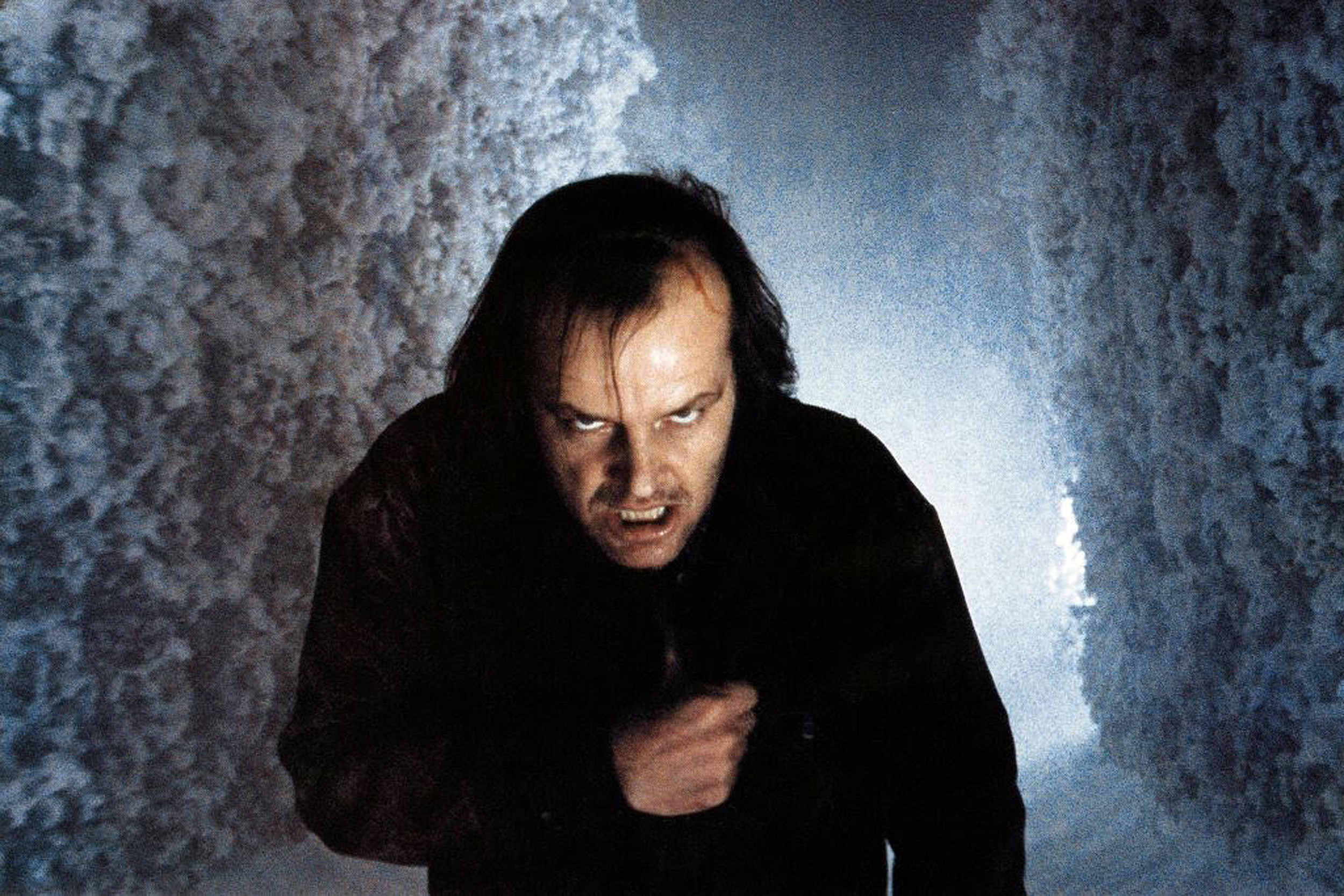
“The Shining,” 1980.
Warner Bros. Entertainment
“I would try watching it in the middle of the day with all the lights on.”
It is absolutely frightening, and Jack Nicholson is amazing in it. I wasn’t able to get through it fully until I was in my 30s because the ghostly twins and mentions of “red rum” got me every time. I would try watching it in the middle of the day with all the lights on and with commercials, and it still freaked me out. Now I can just appreciate it for the wild ride it is, though I still can’t say I’m entirely comfortable visiting old mountain resorts during the winter.
‘Carnival of Souls’
Brittany Gravely
Publicist and Designer, Harvard Film Archive
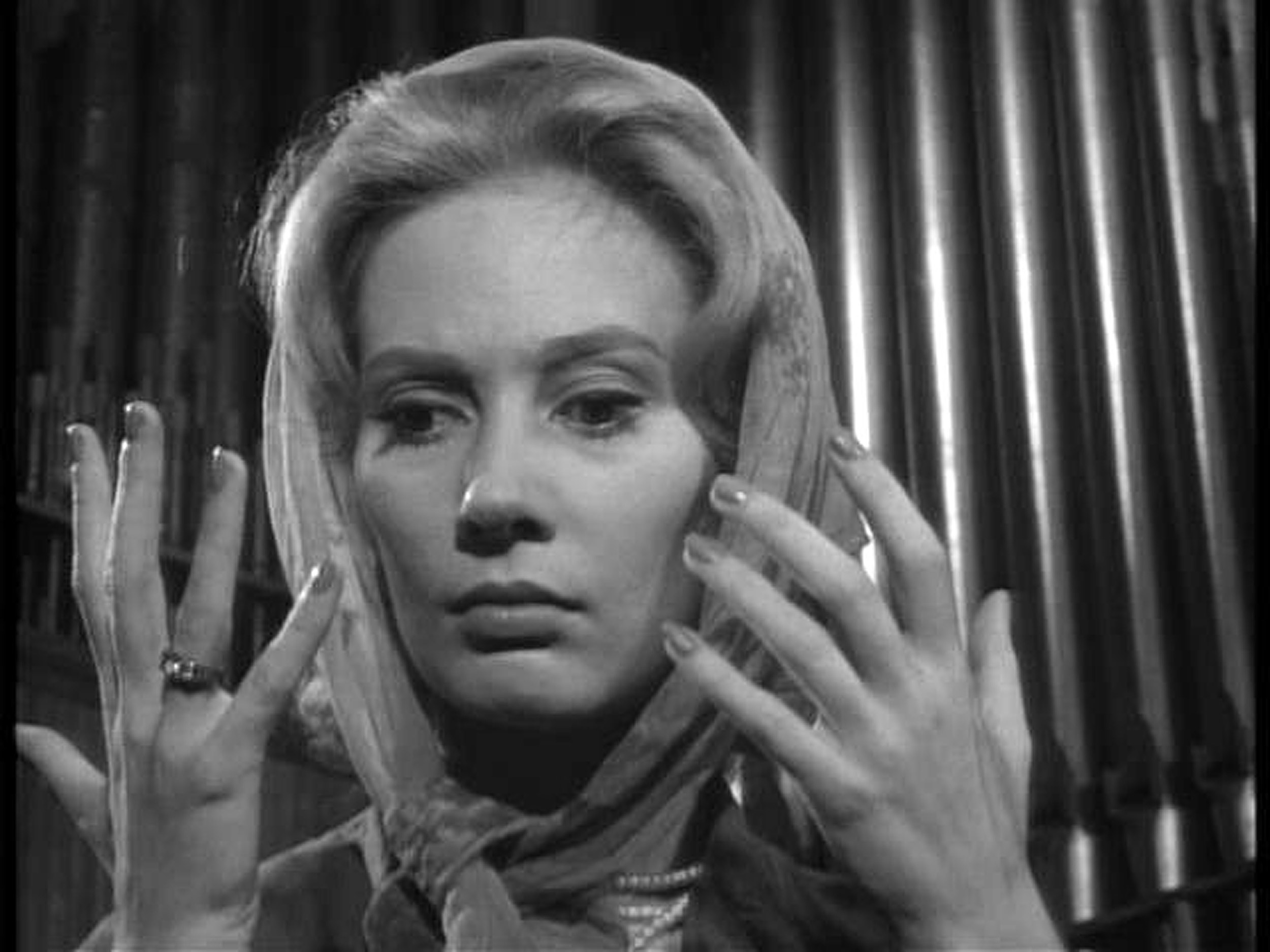
“Mary is accused of alternately being weird, cold, or hysterical — a hallmark of many horror films in which the woman is the only one aware of the supernatural forces at work.”
One horror film forever lodged in my heart is Herk Harvey’s “Carnival of Souls” (1962): a low-budget, black-and-white chiller in the vein of “Twilight Zone” — a menagerie of socio-psychological terrors using the simplest of means. Its creepiness is only heightened by the awkward acting, odd digressions in the dialogue, barebones sets, and on-location production shots. The film’s eerie silence is punctuated by the suspenseful strains of organ music — recalling old radio plays — and the only special effects are the ghoulish white makeup of those who stalk the lead character, Mary, the sole survivor of a car accident. Played to haunted perfection by Candace Hilligoss in one of her few movie roles, Mary is accused of alternately being weird, cold, or hysterical — a hallmark of many horror films in which the woman is the only one aware of the supernatural forces at work. Yet in this film, she also undergoes a series of beautifully composed, dissociative episodes in which she is completely invisible to everyone she encounters. Unaided by religion or psychoanalysis, she experiences a loneliness and despair reminiscent of those depressed or grieving, ignored or dismissed by the dominant culture, or experiencing existential anxiety in an alienated civilization. Whether hers is a crisis of the undead or one of a lost soul still living, it’s a stark, poetic illustration of the horror of being a modern human … at some point.
‘Carrie,’ ‘Friday the 13th,’ ‘Nightmare on Elm Street,’ ‘The Shining,’ ‘Get Out’
Khalil Muhammad
Professor of History, Race and Public Policy at Harvard Kennedy School and the Suzanne Young Murray Professor at the Radcliffe Institute for Advanced Study; Radcliffe Fellow 2019‒2020
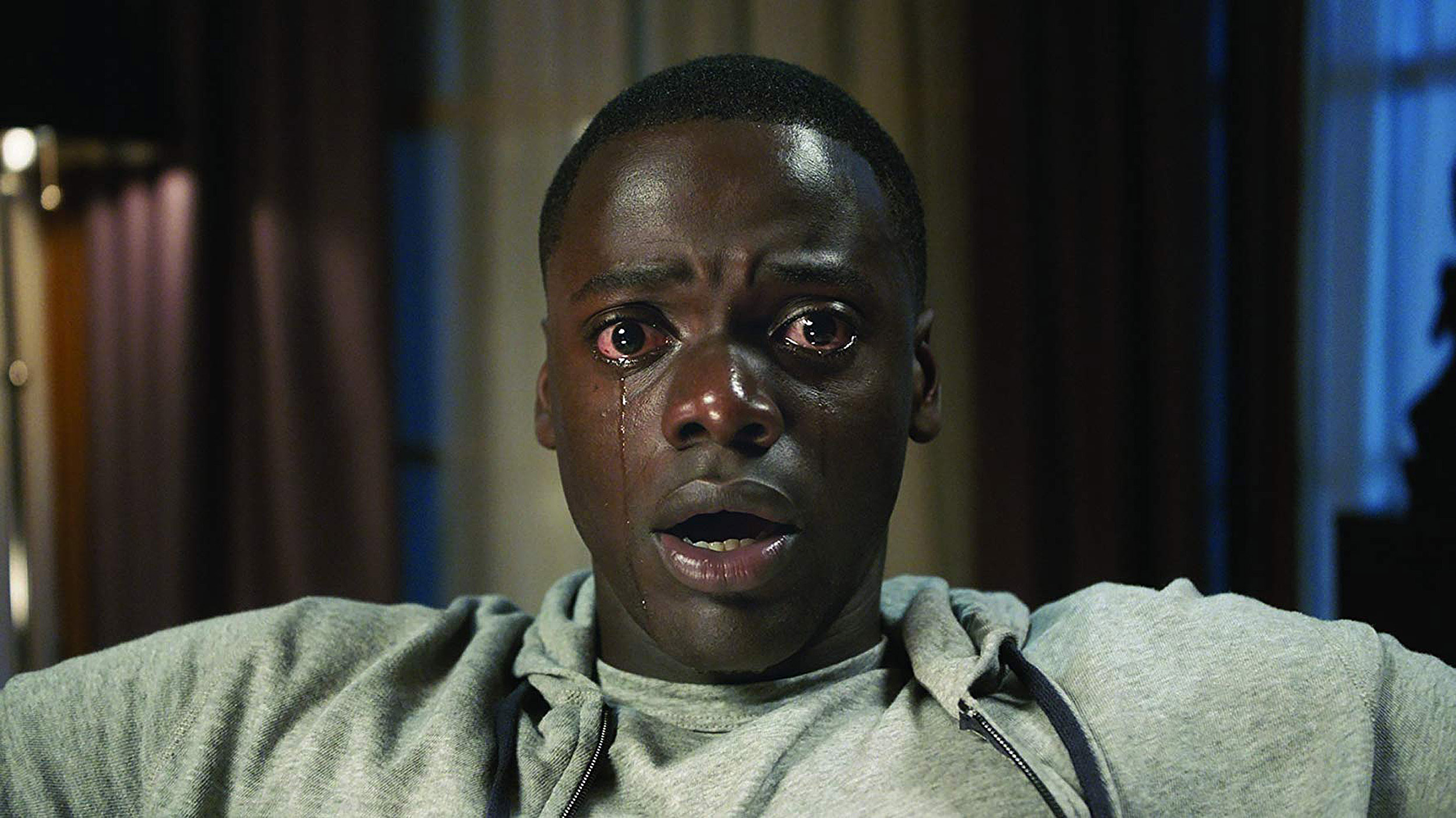
“Get Out,” 2017.
Universal Pictures


“Nightmare on Elm Street,” 1984; “Carrie,” 1976.
New Line Cinema; Metro-Goldwyn-Mayer
“With home viewing and smaller theaters today, watching a horror film is not the same anymore.”
My mother was the biggest fan of horror movies and so most of my childhood I had no choice but to become a fan. The earliest scary film I can remember is Stephen King’s “Carrie” (1976), and although I was 4, I’m afraid I may have actually seen it in the theater. That’s how serious a fan she was. The ’80s ushered in a kind of golden era for major Hollywood horror films, from the “Friday the 13th” films to “Nightmare on Elm Street” and its long run. Many of these films were not critically acclaimed, though the first “Nightmare” (1984) by Wes Craven was a New York Times Critic’s Pick. Partly what made them so much fun was sitting in a huge, 1,000-seat theater, sharing the experience of fear and suspense collectively on a gigantic screen. With home viewing and smaller theaters today, watching a horror film is not the same anymore. I’ll also add, looking back, the horror genre played on the Cold War anxieties of the period. These movies fixated on innocence and child murder and the repressed fears and vulnerabilities white suburban kids felt in the safest of places — at home or away at camp. I still watch, but with a more discriminating eye. And I’m introducing classics like “The Shining” (1980) to my kids. My most recent favorite is Jordan Peele’s “Get Out” (2017), which inverted the genre by centering black millennial vulnerability to post-Civil Rights racism.
‘Night of the Hunter’
Yukio Lippit
Jeffrey T. Chambers and Andrea Okamura Professor of History of Art and Architecture
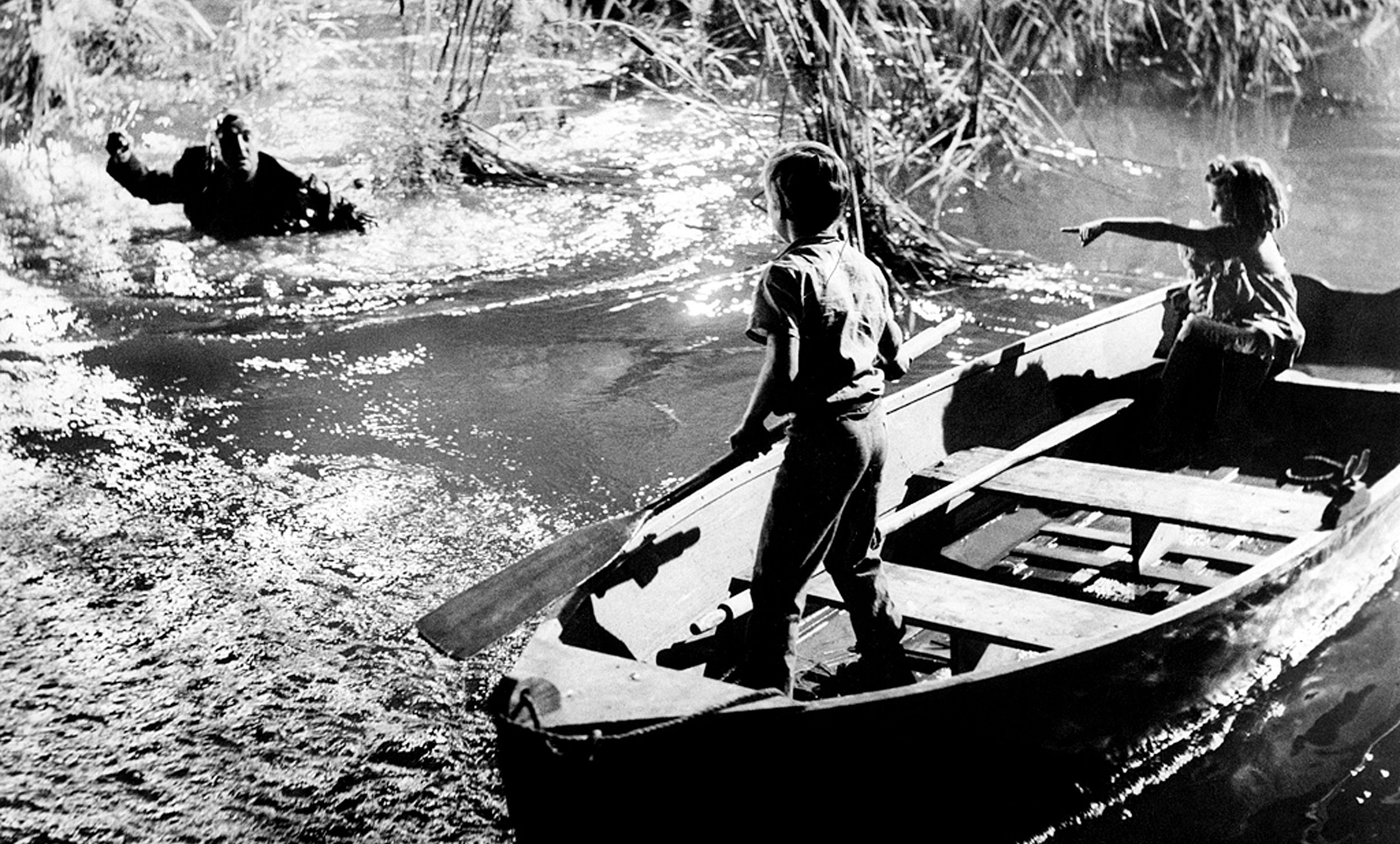
“Night of the Hunter,” 1955.
Metro-Goldwyn-Mayer
“An evil fairy tale, filled with what the Romantic poet Gérard de Nerval called ‘the screams of the fairy.’”
This is an easy one: “The Night of the Hunter” (1955). The film comes as close as anything I have ever seen to an evil fairy tale, filled with what the Romantic poet Gérard de Nerval called “the screams of the fairy.” Robert Mitchum, an ex-con himself, is terrifying as the preacher-villain, and toward the end there is a long, nocturnal chase scene along the river that is one of the more haunting, slow-paced, frightening, and yet somehow magical sequences you will ever see in a film.
‘The Haunting’
Deidre Lynch
Ernest Bernbaum Professor of Literature
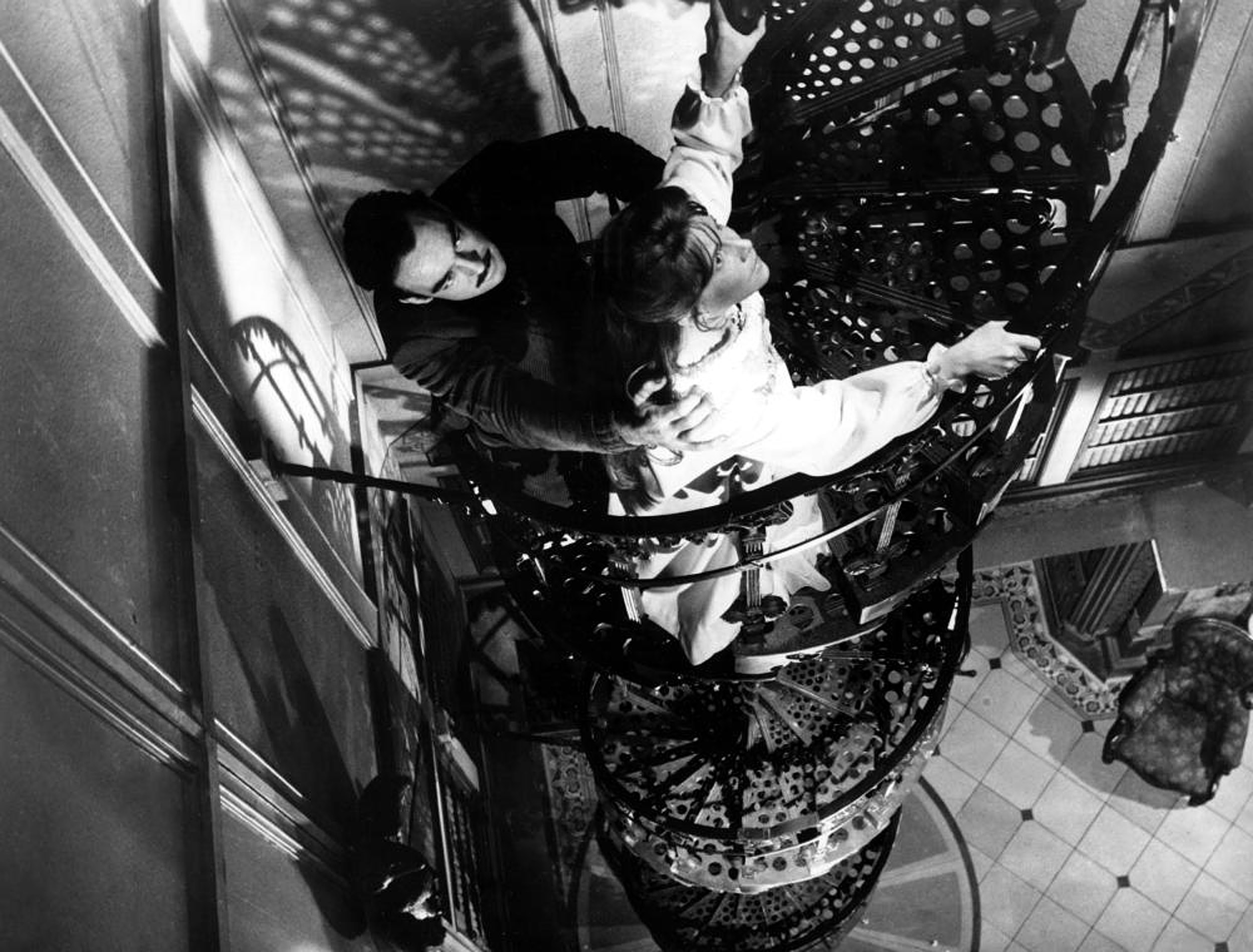
“The Haunting,” 1963.
Metro-Goldwyn-Mayer
“Terror fosters dread through sensory deprivation. … Horror is, by contrast, a sensational art leaving nothing to the imagination.”
Early in the 19th century the Gothic novelist Ann Radcliffe distinguished between an art of terror and an art of horror. Terror fosters dread through sensory deprivation. It depends on sights only indistinctly seen and sounds on the verge of inaudibility — figures glimpsed in shadow and glimmering moonlight, moans that might only be the whistling of the wind. Horror is, by contrast, a sensational art leaving nothing to the imagination. It shows its audiences the mutilated corpse and ugly monster. Radcliffe cast her lot with terror. To my mind, so do the best scary movies. The best of the best is Robert Wise’s 1963 “The Haunting,” the first adaptation of “The Haunting of Hill House,” Shirley Jackson’s brilliant reboot of the Radcliffean novel. Wise arranges things so that neither we nor the characters — a team of paranormal investigators doing research in a long-abandoned New England mansion — ever actually see the ghosts of Hill House. We soon feel certain, however, that they’re there — just now coming up the staircase or on the other side of the door. I know no other film that jangles the nerves so effectively, by, for instance, forcing us to follow a character’s gaze and stare, mesmerized, as a doorknob, seen in close-up, slowly twists.
‘The Shining,’ ‘The Exorcist’
Melissa Franklin
Mallinckrodt Professor of Physics
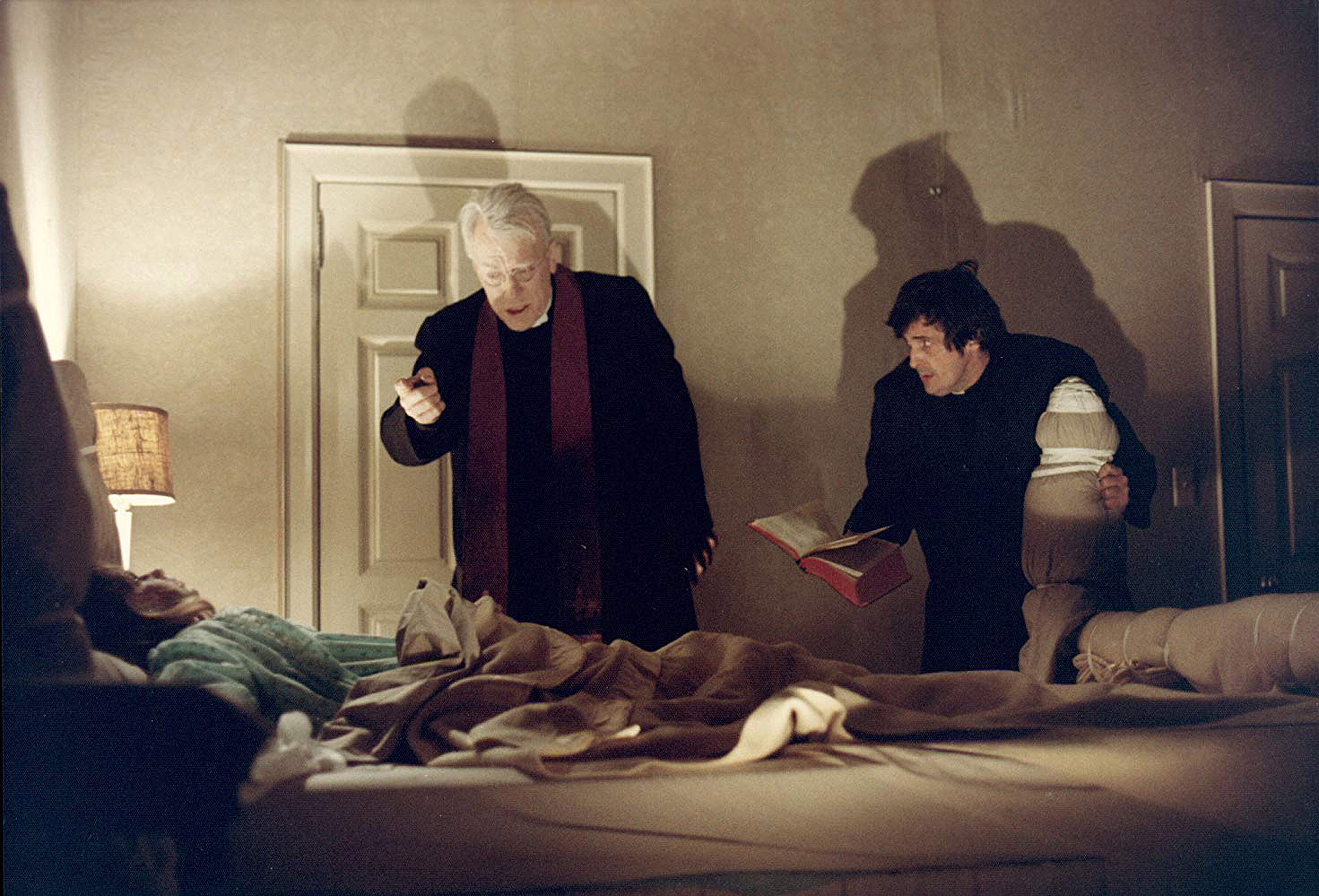
“The Exorcist,” 1973.
Warner Bros. Entertainment
I am too scared to watch horror movies. I still haven’t recovered from “The Shining” and “The Exorcist” (1973) 40 years ago.



